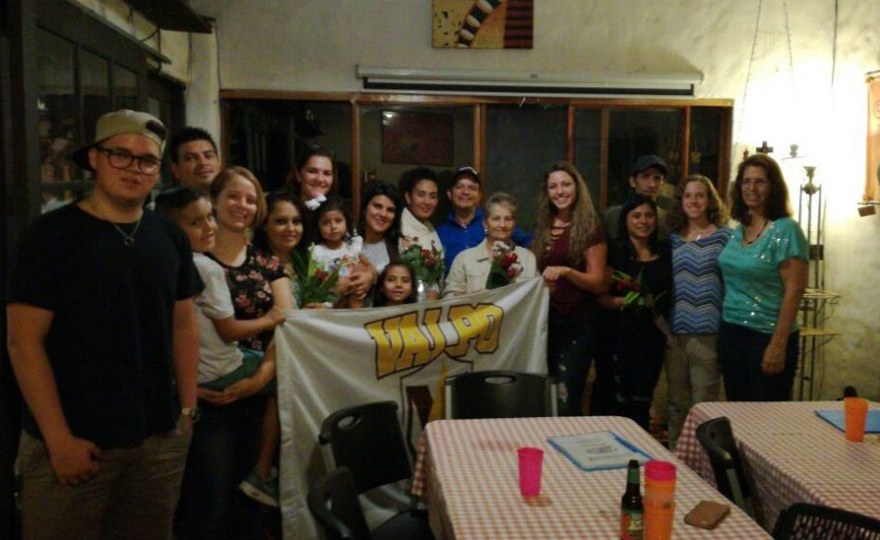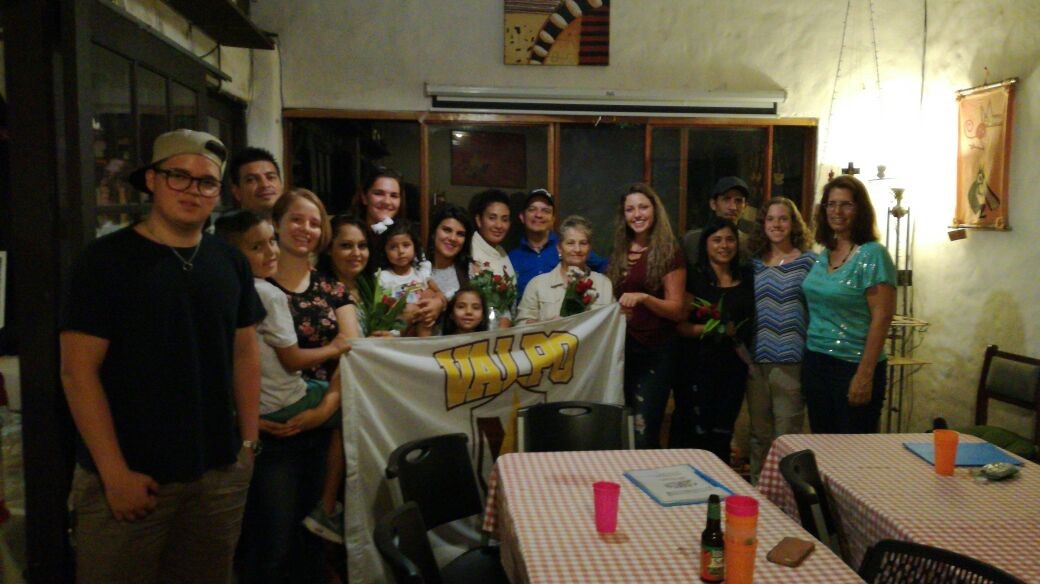


Have you ever approached a new situation with assumptions? How about assumptions that you didn’t even know you had? When I went to Costa Rica, I knew that it would be best to go with no expectations, completely open-minded to what I would find. That was my intention. So when I got to Costa Rica, I was astonished when my unrecognized expectations and assumptions were broken. I was ready to learn about Costa Rican culture, but I assumed that all Costa Ricans would display the same “typical” behaviors and customs, and I had some assumptions about what those customs might include. The main thing that I learned through my actual experience is that there are no “typical” Costa Rican families, nor is there a “typical” Costa Rican. Yes, there are shared behavioral patterns, phrases, and common foods on the menu. But you simply cannot fit an entire country, or even an entire neighborhood, under a single umbrella idea of “typical behavior”. Think about it: when it rains, only one person fits under a single umbrella. Try to fit even two people and both will get wet.
One of my assumptions going into Costa Rica was that every family would have a long, slow meal together every night. This is because I had heard that Latin American cultures tend to emphasize relationships, have a slower concept of time, and use meal time as a major social event. So I was incredibly surprised, and a little disappointed, when I learned that my host family doesn’t really eat dinner together every night. They all have different evening schedules: with my host mom working in the evening, my host dad running with his team, and my host sister coming home from work at various times. It just wasn’t very practical for my family to have a fixed meal time.
As I talked to other girls in my cohort, I realized that all had different situations regarding meal time, although every family was larger than mine and ate more-or-less together at least some of the time. I also began comparing how we did coffee time, homework time (for families with kids), morning routine, et cetera. I began to piece together something that I should have already known. All families in Costa Rica have their own styles and customs – their own way of living together– just like different families in the United States do things differently, as well.
This is not to say that there is no such thing as regional culture. In fact, there are many aspects of life that Costa Rican’s share. For example, the emphasis on relationships and the “slower” movement of time is a real thing. My family displayed these values of Costa Rica, just in different ways than I originally expected. When I came home from class or internship, if my host mom or dad was in the kitchen, they would always ask how my day was. We would spend some time just talking to each other. We would often have long conversations, about anything, whenever we were home together, or even just sit together at the kitchen counter. My host sister, Kathy, sat with me for nearly 3 hours one day, just talking about music and playing the guitar. Building relationships and spending time together without having an agenda is a beautiful aspect of Costa Rican culture that my host family displayed in their own way.
On a lighter note, Gallo Pinto is a typical Costa Rican food. Some may call it the typical Costa Rican food. It is a preparation of rice and beans with a particular flavor and it appears on almost every restaurant’s menu. If you order a “typical Costa Rican breakfast,” you will surely get Gallo Pinto. Almost every Tico (Costa Rican) will claim that they love Gallo Pinto. With this being said, there are different ways to prepare and eat this typical dish. One can make it with black beans or red beans, providing different flavors. It can be served with eggs, alone, or with meat. It can also be eaten at any time of day. Although many people eat Gallo Pinto at breakfast, my host family almost never did. On the occasion that we did have Gallo Pinto, it was often for lunch on a weekend. Although the love for Gallo Pinto is almost universal in Costa Rica, there are no rules about how to prepare and eat it. In other words, although Gallo Pinto is a common Costa Rican food, there is no “typical” Costa Rican diet.
One more thing that is common to Costa Rica is the phrase “Pura Vida,” which means “pure life.” It can be used as a greeting, when someone is excited, or within a normal conversation. I found that everyone in Costa Rica embraced the idea of “Pura Vida.” However, the phrase had slightly different meanings for everyone, and everyone used it with their own style. There are some aspects of culture that are common to a country, but the whole country can’t fit under a single umbrella. Everyone displays the values and culture of the region in their own way. There is no such thing as a “typical” Tican (Costa Rican).

All four spring 2018 students with their host families and Heidi. All people reflected the culture of Costa Rica. However, there was quite a lot of diversity in how each family lived, worked, and interacted with each other.